Water pollution
Water pollution refers to the contamination of bodies of water, such as rivers, lakes, oceans, and groundwater. This occurs when pollutants such as chemicals, oils, sewage, and plastics are discharged into water sources.
Water pollution can cause harm to aquatic life and impact human health through the consumption of contaminated water or seafood. It can also harm the environment and the economy, as contaminated water can affect industries such as fishing and tourism.
-
9 Million Tons
Waste is dumped into the Pacific Ocean every year
-
30 million tons
waste is dumped annually into the Atlantic
-
10 million tons
oil only from dry ships and cleaning tankers
Sources of water pollution:
Mass fish death in India’s ponds and lakes


In April 2022, several images of dead fish floating in the Banganga tank, located in Mumbai’s Malabar hill area, circulated on news sites and social media platforms. Clean up efforts were initiated after locals observed the dead fish in the tank and informed the Brihanmumbai Municipal Corporation (BMC). The contractor appointed for the clean-up claimed that four trucks of fish were removed from the site. Officials speculated that the loss of oxygen was the likely cause of the mass fish deaths.
This is not the first time that such an incident has occurred. Mass fish death in the Banganga tank has been labelled an “annual tragedy” in previous years. One key cause that has been identified for the fish deaths is people putting large quantities of food in the water as part of religious rituals.
In a separate case, more recently, a huge number of fish were found dead in a five-kilometre upstream stretch of the Najafgarh drain along the Delhi-Haryana border. Initial reports speculate that these deaths could be because of fertiliser pollution in the river which cause algal blooms that in turn deplete the water of oxygen, killing aquatic life.
Numerous ponds, lakes and other water bodies across India have been sites of mass deaths of fish and other aquatic species. The chief cause of this phenomenon is water pollution, most often stemming from anthropogenic activities.


Types of water pollutants:
-
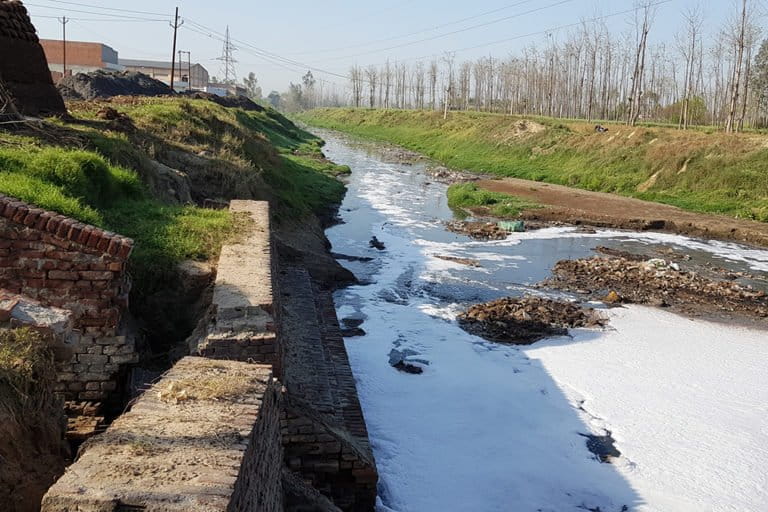
Industrial effluents
-

Acid Rain
-
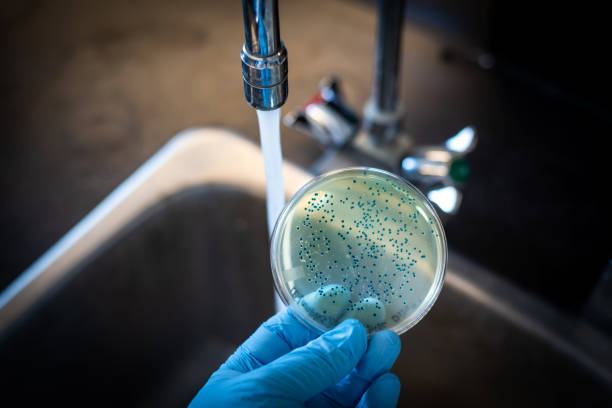
Viruses
Water Pollutants
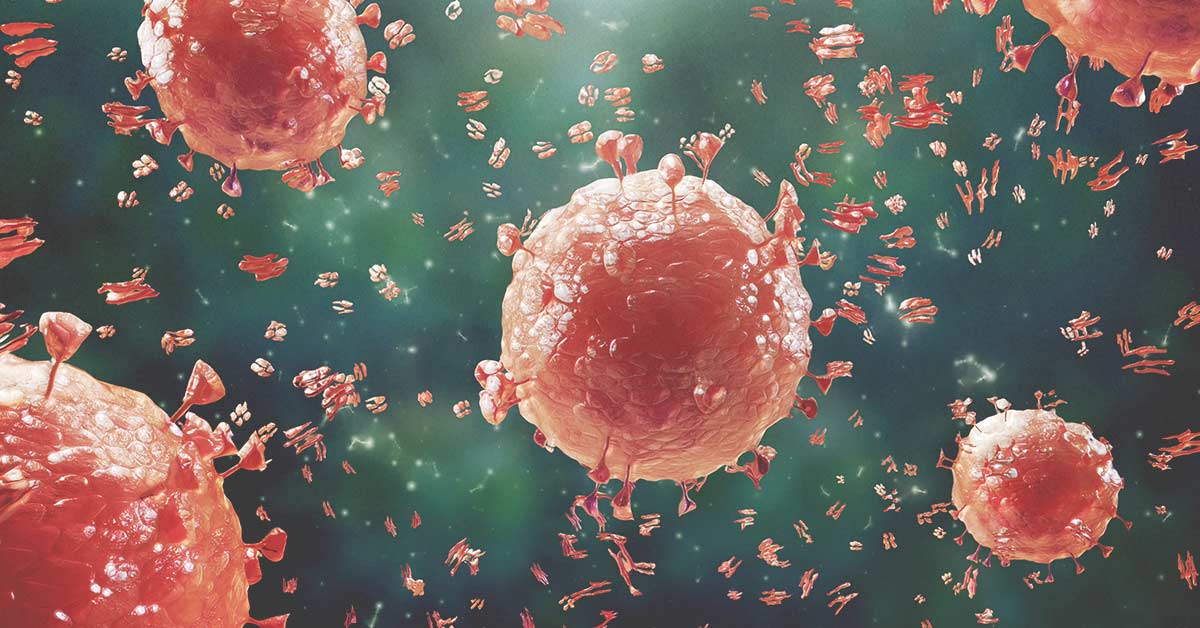

Water pollution is a very damaging problem which the world is facing now. It happens when water pollutants like untreated waste and all release into the water bodies. Thereby, damaging our water bodies and dropping the quality of water. When the water gets polluted, it can destroy plants and animals. Not only does it affect the plants and animals inhabiting the water but also human beings and other organisms who consume this water. Thus, these water pollutants are very damaging and need to be managed properly.
List of Water Pollutants:
We can mainly divide the water pollutants into four types which are
-
Pathogens
-
Organic materials
-
Inorganic compounds
-
Macroscopic pollutants
Pathogens
When we say pathogen, we refer to bacteria, viruses, protozoa and more. For instance, bacteria are a very common pathogen found in water. However, when the amount of bacteria starts increasing, then it can heavily contaminate the water. The two most common pathogenic bacteria include coliform and E Coli bacteria. The other pathogens can be detected with the help of coliforms as they exist in the environment within a safe limit. But, if and when the number starts multiplying, they can pose a great threat to the health of our environment. Similarly, when there is E Coli present in the water, it means human or animal waste has made the water unclean.
Organic Material
Organic materials are made up of molecules with carbon in them. MTBE (methyl tert-butyl) is quite a common volatile organic chemical. We used to use MTBE as an air-cleaning gas additive earlier. However, it was banned later but the time to erase it completely from water is quite long. Similarly, the water which contains organic materials can result in deadly diseases like tumors in the testicles, leukemia, thyroid glands and kidneys, lymphoma, and more.
Inorganic Material
While inorganic materials might not be that harmful in small absorptions, but when they mix in the water, they can be dangerous water pollutants. For instance, heavy metals including copper, arsenic, barium, mercury, zinc, mercury and more are inorganic materials. It can be caused due to leaching from waste disposal, industrial accidents or even increased levels of human activities. Moreover, this type of water pollution causes very austere health problems not only in humans but other organisms as well. Similarly, if it is found in higher concentrations, it can be very deadly too.
Macroscopic Pollutants
These types of pollutants are very easy to spot in the water due to their large size and visibility. The most common example of this is the trash including plastic waste that ends up in the water. As plastic does not decompose, humans dump it in water illegally. Due to their non-biodegradable nature, they end up collecting in oceans and other water bodies. This is a very severe problem causing the ‘great pacific garbage patch’ which can be compared to the size of France. Similarly, other types of these pollutants are small plastic pellets, metal, pieces of wood, shipping containers, shipwrecks and more. However, we need to understand that we can manage the disposal of these pollutants easily. It is not only destroying our aquatic ecosystems but also contaminating the water greatly. Everyone must come together to take strict action to save mankind and our earth.
Control Measures of Water Pollution
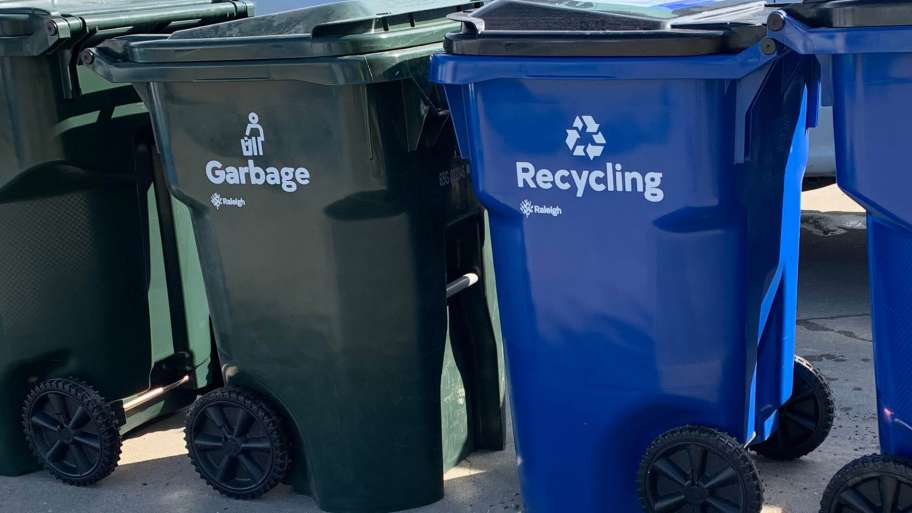
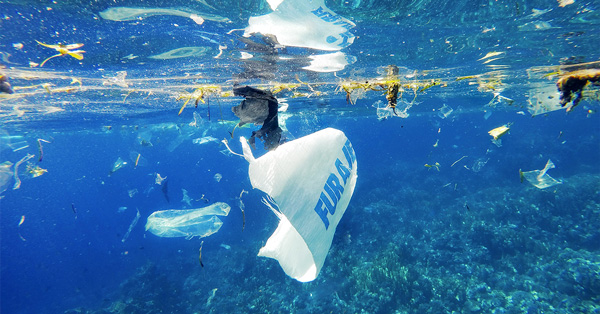
Since we have understood the concept of water pollution, let us look into some of the actions taken to control water pollution. Prevention and control of water pollution could be done in so many ways. To start off, it is to plant more trees around water bodies as they naturally help to assimilate and recycle the pollutants. Some important points are summarized below.
List of Mesures:
- There is a plant known as ‘Water Hyacinth’ that absorbs dissolved toxic substances like cadmium and mercury from water bodies, thus actively removing pollutants from water.
- It is important to dispose-off waste carefully and not to dump it directly into water bodies, without proper waste treatment.
-
Industries should treat their wastes carefully before disposing of chemicals and other materials
into water bodies directly. Sewage treatment plants and wastewater treatment plants in industries
are established to treat the water used so it can be safely mixed into the river streams. It also
enables water recycling
-
Using natural fertilizers and pesticides as substitutes for chemical ones is good for plants and
water.
- Chemical processes such as coagulation, ion exchange method, reverse osmosis, etc. will greatly reduce the level of water pollution.
- Lastly, it is better to reduce the consumption of water in our daily activities and reuse water whenever possible to reduce the overall level of pollution.
Government’s stand to Control Industrial Pollution

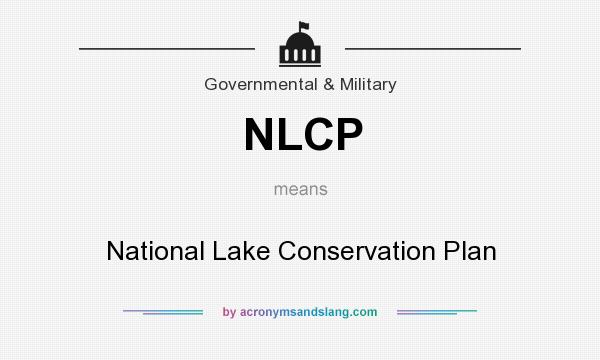
Water pollution is a very damaging problem which the world is facing now. It happens when water pollutants like untreated waste and all release into the water bodies. Thereby, damaging our water bodies and dropping the quality of water. When the water gets polluted, it can destroy plants and animals. Not only does it affect the plants and animals inhabiting the water but also human beings and other organisms who consume this water. Thus, these water pollutants are very damaging and need to be managed properly.
(1) National River Conservation Programme (NRCP)
The Ministry of Environment and Forests (MoEF) National River Conservation Plan (NRCP) aims to protect rivers from pollution and enhance water quality.
(2) National Green Tribunal
The concerned States and Union Territories (UTs) are trying to implement Action Plans for the restoration of water quality in the identified polluted stretches of rivers in accordance with the directives of the National Green Tribunal.
(3) Jal Jeevan Mission
Since August 2019, the Indian government has been working with the states to carry out the Jal Jeevan Mission (JJM), which aims to provide drinkable tap water to every rural home in India by 2024, including those in habitations where the water quality is poor. Children are especially sensitive to water-borne diseases and contamination in drinking water. A particular effort was started in 2020 to make the provision of potable tap water supply in schools, Anganwadi centres, ashram shalas, etc. on a priority basis. As a result, 8.52 lakh (83%) schools and 8.76 lakh (78.4%) Anganwadi centres across the country now have access to tap water.
(4) National Lake Conservation Programme (NLCP)
The National Lake Conservation Plan (NLCP) is being implemented by the Ministry of Environment and Forests to manage and conserve contaminated and degraded lakes in urban and semi-urban areas. Its objective was to conserve aquatic ecosystems (lakes and wetlands) by putting long-term conservation plans into action that were guided by uniform policies and standards.
(5) Atal Mission for Rejuvenation and Urban Transformation (AMRUT)
Atal Mission for Rejuvenation and Urban Transformation (AMRUT) was established with the intention to make sure that every home has access to a water tap with a reliable water supply and a sewer connection.